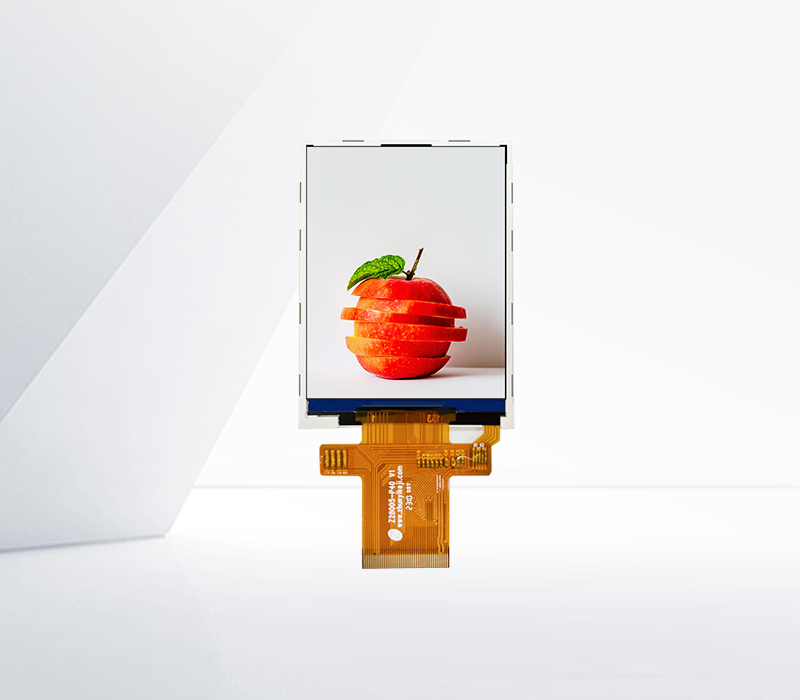




Multi - point touch algorithms play a crucial role in the functionality of touch panels, especially in intelligent water heaters where users may need to perform complex operations such as adjusting multiple settings simultaneously. Optimizing these algorithms can significantly enhance the user experience.
One aspect of algorithm optimization is improving touch - point detection accuracy. Advanced multi - point touch algorithms use sophisticated techniques to distinguish between real touch events and false detections, such as noise or accidental touches. For example, algorithms can analyze the pressure distribution, the size of the touch area, and the temporal sequence of touch events. By combining these factors, the algorithm can accurately determine the position and number of fingers on the touch panel. This is particularly important in applications where precise control is required, such as setting the water temperature and flow rate simultaneously on an intelligent water heater touch panel.
Another area of optimization is gesture recognition. Multi - point touch algorithms can be designed to recognize a variety of gestures, such as pinch - to - zoom, swipe, and rotate. In the context of an intelligent water heater, a user might be able to use a pinch - to - zoom gesture to adjust the temperature more precisely or a swipe gesture to quickly switch between different operating modes. To optimize gesture recognition, machine - learning techniques can be employed. The algorithm can be trained on a large dataset of touch gestures to improve its ability to accurately recognize and respond to different user inputs.
The response speed of the multi - point touch algorithm is also a key factor. In an intelligent water heater, users expect instant feedback when they interact with the touch panel. Optimizing the algorithm to reduce the latency between the touch event and the corresponding action on the water heater is essential. This may involve optimizing the code for faster processing, reducing the number of unnecessary calculations, and improving the communication between the touch - sensing hardware and the software that runs the algorithm.
Furthermore, the compatibility of the multi - point touch algorithm with different types of touch - sensing technologies needs to be considered. There are various touch - sensing methods, such as capacitive, resistive, and infrared. The algorithm should be adaptable to work effectively with the specific touch - sensing technology used in the intelligent water heater touch panel. For example, capacitive touch - sensing panels are more sensitive to changes in electrical capacitance caused by the presence of a finger, while resistive touch - sensing panels rely on pressure to detect touches. The multi - point touch algorithm needs to be tailored to the unique characteristics of each technology to ensure optimal performance.
optimizing multi - point touch algorithms for touch panels in intelligent water heaters involves improving touch - point detection accuracy, enhancing gesture recognition, increasing response speed, and ensuring compatibility with different touch - sensing technologies, all of which contribute to a more intuitive and efficient user experience.
